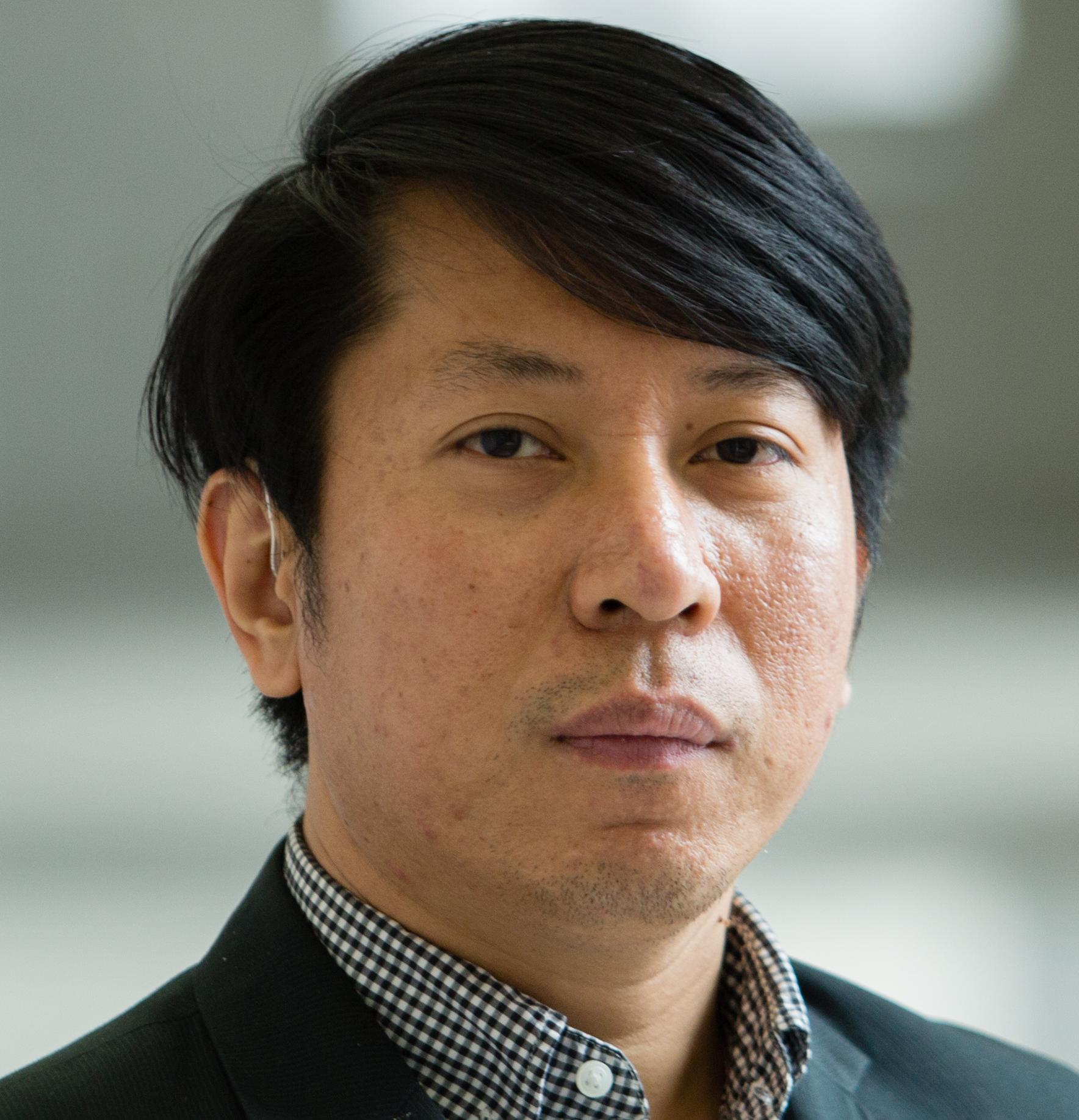A Sino-American joint military exercise on humanitarian assistance and disaster relief (HA/DR) to a typhoon-hit country was held in Haikou, Hainan Province, from January, 16-19th 2015. Around 150 army soldiers from China and the U.S participated in the exercise. This is the first China-U.S. military exercise on Chinese soil, reciprocal to a similar, but smaller exercise held in Hawaii in 2013.
Recent years have seen a new phenomenon in China-U.S relations: more joint exercises between the two militaries, such as RIMPAC 2014, Cobra Gold and quite a few naval exercises in the Gulf of Aden. All these exercises, however, have one thing in common: they are all aimed to address non-traditional threats, such as natural disaster and piracy, rather than traditional threats. This is because U.S. congress still has legal restrictions on the U.S. military’s exchanges with the PLA in twelve categories, with a fear that such exchanges may upgrade PLA’S military capabilities. Given such complexity in bilateral military relations, such a small exercise is not insignificant in the least.
The scenario of the Haikou exercise is to provide HA/DR to a regional country. Eighty percent of global natural disasters occur in the Asia-Pacific. In recent years, HA/DR is a la mode in the region, exemplified in a myriad of bilateral and multilateral exercises, especially in the ASEAN Regional Forum (ARF) and ASEAN Defense Ministerial Meeting Plus (ADMM Plus) frameworks. In June 2014, an exercise of 2000 servicemen in Brunei was hailed as a “milestone” in which China alone mobilized a hospital ship, an amphibious landing ship, an IL-76 transport aircraft and 110 soldiers.
But so far these exercises haven’t proved effective in the search and rescue of the tragic loss of MH 370. Chaos escalated to alarming levels. Multilateral coordination, be it among agencies or between searching ships and aircraft, is widely recognized as inadequate and inefficient.
This comes as no surprise. In the Asia-Pacific, joint efforts in addressing non-traditional threats such as HA/DR, counter-terrorism, peacekeeping and maritime security, are still in their early stages. In HA/DR, there are primarily three problems:
1. Lack of effective multi-national coordination for situational awareness, planning and coordination. For example, in ASEAN, Singapore-based Regional HA/DR Coordination Center (RHCC), in a way, duplicates the efforts of the Jakarta-based ASEAN Humanitarian Assistance Center (AHA). This causes resentment from Indonesia. Jakarta believes that AHA is fully authorized by ASEAN and should not be challenged by a similar institution that was established later. Such “mis-coordination” could send confusing signals to assisting countries, if an ASEAN country is caught in a disaster and is in need of help.
2. Lack of standard operating procedure (SOP). Countries in the Asia-Pacific vary considerably in military capacities, operational procedures and domestic laws. Different languages are no small barrier. How should foreign military forces coordinate their assistance with the agencies of the affected countries? To what extent should they be involved to make their assistance welcome but not interfering? How could they possibly maintain respect for the local culture? How should they coordinate and cooperate with diplomatic and humanitarian organizations, which have their own agenda for responding to the disaster? All these elements have to be taken into account in SOP.
3. Legal issues. Simply put, if a disaster happens in country A, could country B, C, D, come in at the quickest possible time? This requires the permission of country A in a bilateral or multilateral agreement, but very few countries in the region have such agreements. These agreements have to include customs duties on HA/DR goods, criminal liability, overfly fees, quarantine requirements and so on. Given the sensitivity of sovereignty, it is no easy task to make such an agreement.
The U.S. and China have the strongest HA/DR capabilities in the region. In China, 8 specialized troops of 50000 servicemen are built up to deal with different contingencies ranging from natural disaster, maritime search and rescue, to nuclear, biological and chemical disasters. The U.S. has more experience operating overseas than any other country. Its intelligence, transportation and quick response capabilities are most needed in any HA/DR. The American hospital ship Mercy and Chinese hospital ship Ark Peace are the largest and the second largest hospital ships in the world. In 2013, Ark Peace provided medical aid in Southeastern Philippines after typhoon Haiyan killed thousands of people; the USS George Washington aircraft carrier went there too. Fresh water produced from its water distilling plants was provided to the people.
Chinese and the U.S. militaries have had disaster management discussions as early as late 1990s. In 2012, both sides held a HA/DR Table Top Exercise in Chengdu, which was followed by the exercise in Hawaii. Such a healthy trend should be maintained. Exercises need to continue on regular basis. They may be scenario-based on typical Asia-Pacific natural disasters. The two militaries could gradually increase complexity and scale to incorporate different commands and different services.
China and the U.S. can help in drafting HA/DR SOP through ADMM-PLUS framework. ADMM-Plus includes ten ASEAN countries and eight major powers including China and the U.S. Compared to other regional security mechanism, it appears more dynamic with more “action” than talks. It harbors people’s best hope that one day a regional security architecture featuring all parties’ interests may come into being. A SOP on HA/DR, currently being drafted by HA/DR working group chairmen Japan and Laos, should reflect the experience and lessons learnt from the countries in the region.
Finally, “Plus” countries including China and the U.S. could help regional capacity building. The region now suffers from having too many overlapping meetings and too many similar exercises. In ASEAN alone, there are over 100 meetings each year that are related to security. They have to be streamlined and synchronized. Given that all eight “plus” countries support ASEAN centrality in regional security architecture, the best result for the long run would be one overarching Multi-National Coordinating Center that is directed by ASEAN but supported with liaison officers from the “plus” countries.


